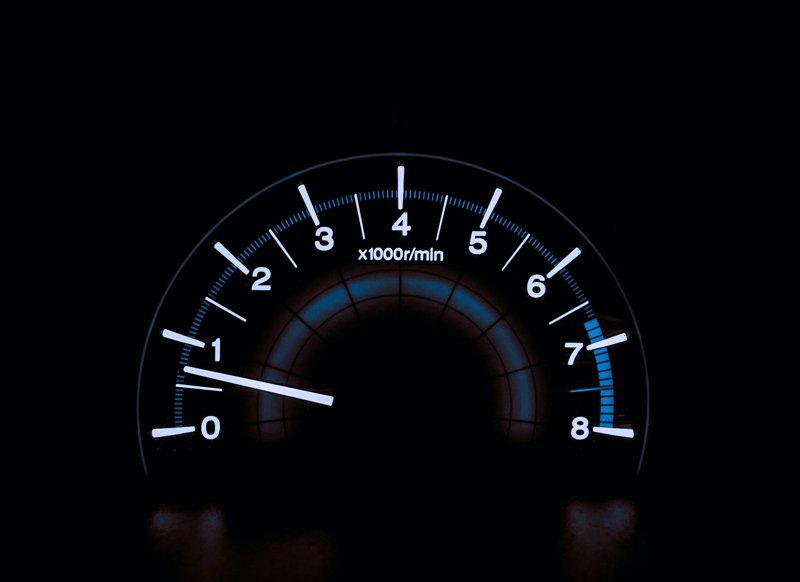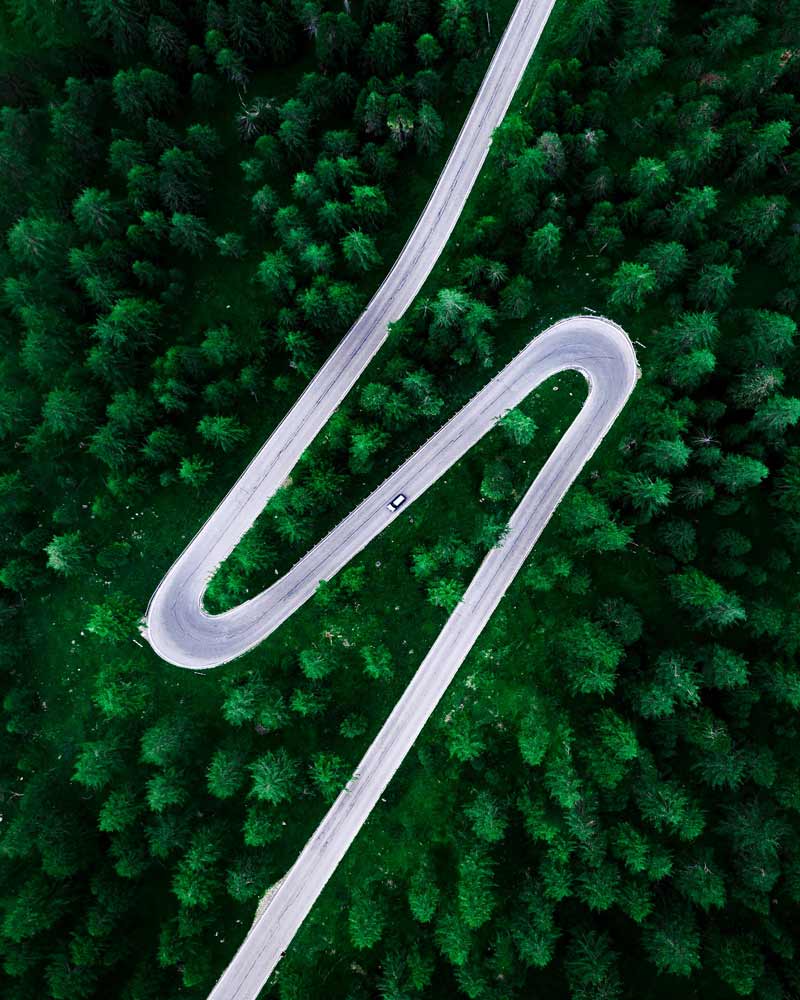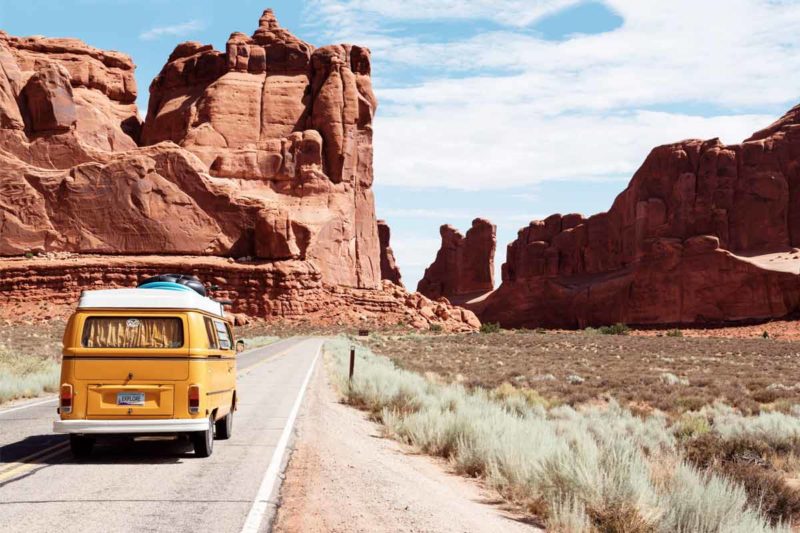If the car is still your only way of getting around, here are some easy ways to save 10-20% on fuel. And considering the price per litre, you will seriously reduce your petrol costs… And also your pollution rate while getting to your destination. After the first few kilometres of this new eco-friendly driving style, everything will run smoothly.
Yep, the experts are convinced that we can all contribute to reducing the oil bill. Head towards a new eco-driving style that also reduces your fuel costs and pollution.
Take it steady

Do the maths: reducing your speed by 10 km per hour on a 500 km journey saves the equivalent of 5 litres of petrol, not to mention a second saving: 12 kg less CO2 in the air. The idea that you will arrive at your destination much later is misguided. It will only take you an extra four minutes for every 100 km. So take your time, and don’t set a specific “ETA”. On the other hand, be smart and watch out for traffic jams on your GPS, because deceleration causes a serious increase in fuel consumption. Don’t forget to let your engine warm up first, since cold engines use more fuel and are more polluting. Go up a gear as soon as possible.
Avoid short car trips
The first two kilometres are the most polluting and costly. The first kilometre uses 45% more fuel than the second, not to mention the CO2 and nitrogen oxide emissions that are highest when the engine is cold. Yet 40% of car journeys are no longer than two kilometres.
Drive smart
Performative driving is totally a thing of the past, and is even reckless given the extra fuel that it requires. With a steady speed and gentle starts, you can make a fuel saving of up to 40% and reduce CO2 emissions. So stay cool when the light turns green. Similarly, there’s no need to hit the brakes at red lights. Just lifting your foot off the accelerator and letting the car coast will cost you… Zero fuel.

Select a gear appropriate to the type of road: mountain pass, motorway, dirt road, etc. Incessantly pumping the accelerator could cost you a lot of money if you consider how much energy it takes to make a one-ton car accelerate within a few seconds!
As for cruise control, it’s very useful when the road is smooth, to reduce fuel consumption and allow the driver to relax. However, when the road is rough and winding it increases fuel consumption, because the driver has to accelerate to maintain the vehicle’s speed.
Check your vehicle over
Some small adjustments can seriously make a difference to your fuel costs.
- Check your tyre pressure. Under-inflated tyres increase resistance, resulting in 2.4% higher fuel consumption for every 0.5 bar. Don’t overlook the air filter which, if clogged, consumes 10% more fuel and emits significantly more polluting substances.
- Vehicle weight reduction. Fuel consumption rises by 7% for every 100 kg of extra weight. Take unnecessary items such as unused roof boxes and roof racks off the vehicle, since they require 10-20% more fuel due to aerodynamic drag. Opt instead for a trailer or bike rack placed at the rear. There is also no point in topping up to a full tank each time you refuel, since each litre of fuel adds a kilo in weight.
- Use of air conditioning. It uses an extra litre per 100 km. The right tactic is to open the windows instead when driving at low speed, and turn on the air conditioning only when driving at high speed (on the motorway). Because air conditioning uses less energy than the aerodynamic drag caused by open windows at high speed.







